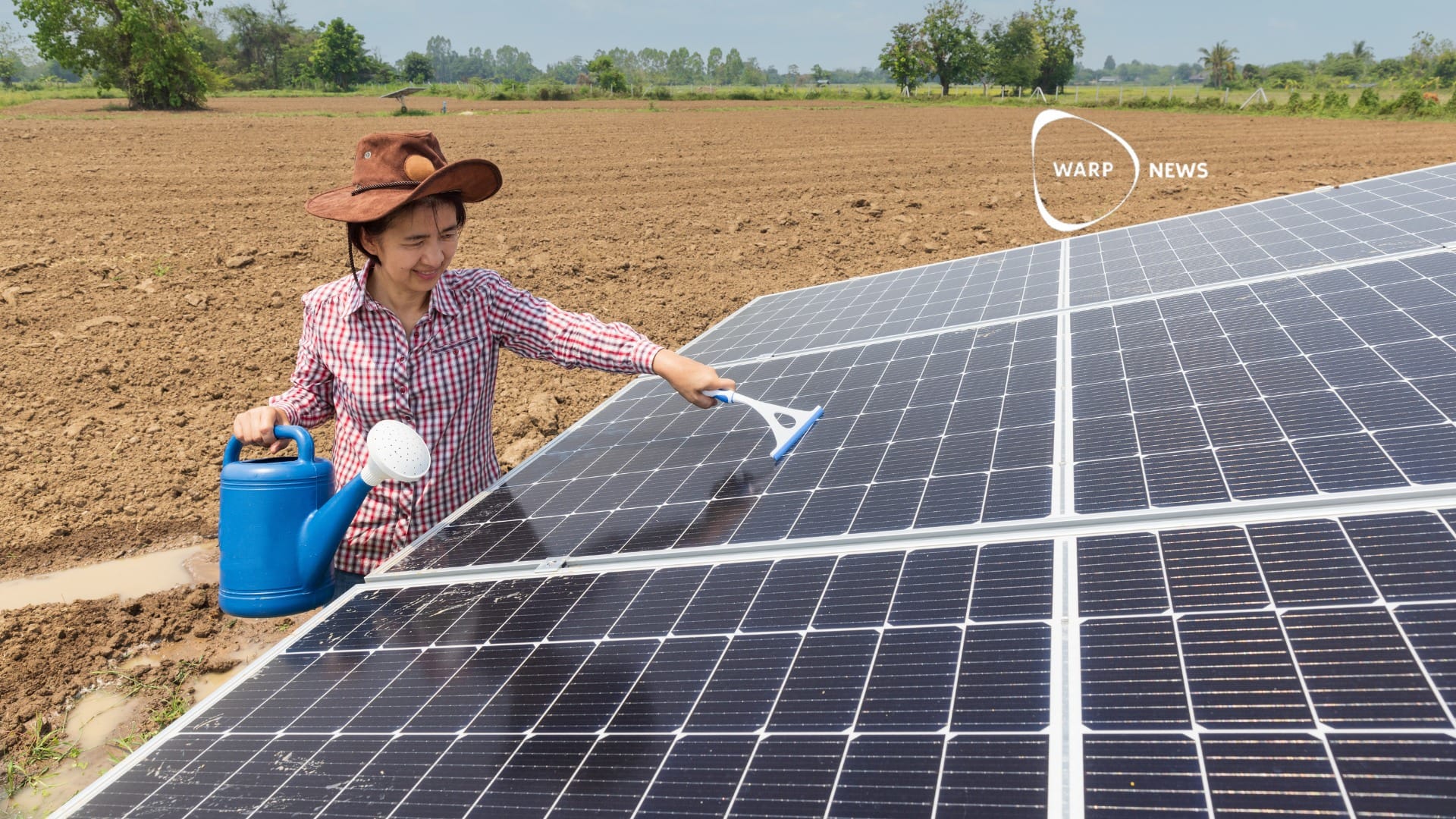
☀️ Major hurdle in fusion energy cleared
Fusion power, the holy grail in energy production, has taken a leap. At the research center, CCFE, new results show great potential of overcoming the "exhaust"-problem.
Share this story!
The world largest fusion energy experiment is ongoing at Culham Center For Fusion Energy (CCFE) near Oxford. The purpose of the experiment is to find a viable way to start producing energy through fusion. If scientists succeed, fusion energy will provide a green and almost limitless supply of power. New results shows that the aim for fusion energy has taken a leap.
The fusion power system at CCFE is called Tokamak and it uses magnetic confinement fusion, which is a method where plasma is heated and contained with the help of magnets. For fusion to occur, the gas needs to reach a temperature of 150 million degrees Celsius, and this is why the gas needs to be contained by a magnetic field rather than any material.
In 2019 the science center decided to upgrade the system and one of the upgrades was the implementation of what's called an "Super-X divertor". One of the biggest hurdles in fusion energy is that extreme heat is produced in the fusion process, taking a toll on the surface of the system. The maintenance costs of that are one of the reasons fusion energy is not economically viable today.
The "Super-X divertor" has longer pipes and injects gas to spread the heat out more evenly. In the early results of the test, the new divertor has shown a capacity of reducing the heat by tenfolds.
"We built MAST Upgrade to solve the exhaust problem for compact fusion power plants, and the signs are that we've succeeded", said Dr Andrew Kirk, one of the lead scientists in project.
Research all over Europe
CCFE is a part of the organization EUROfusion including 30 organizations in 25 countries. One of the cornerstones of the organization's work is the ITER, the experimental reactor that is being built at this moment and is estimated to be up and running in 2025.
By becoming a premium supporter, you help in the creation and sharing of fact-based optimistic news all over the world.


